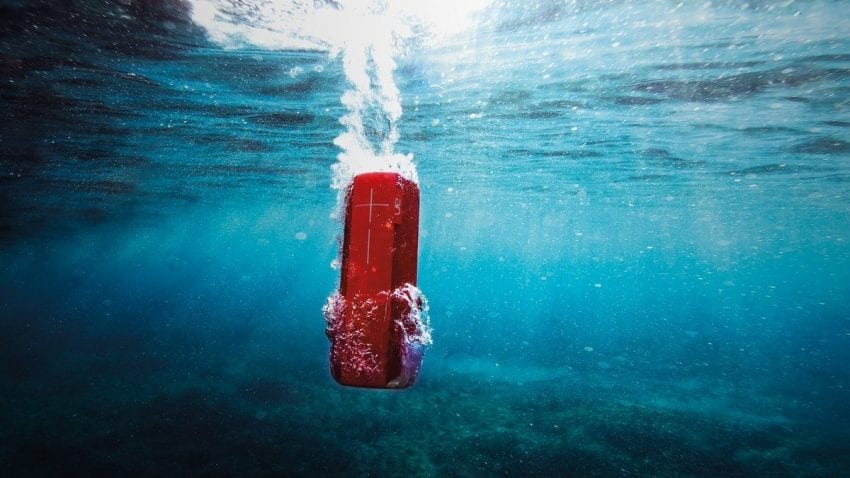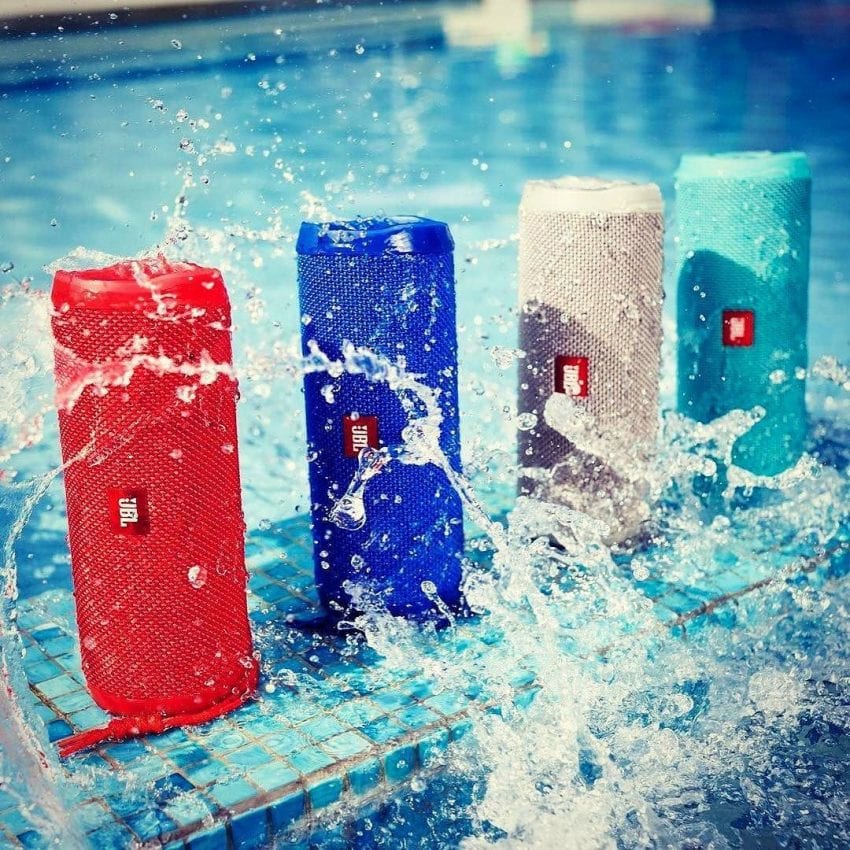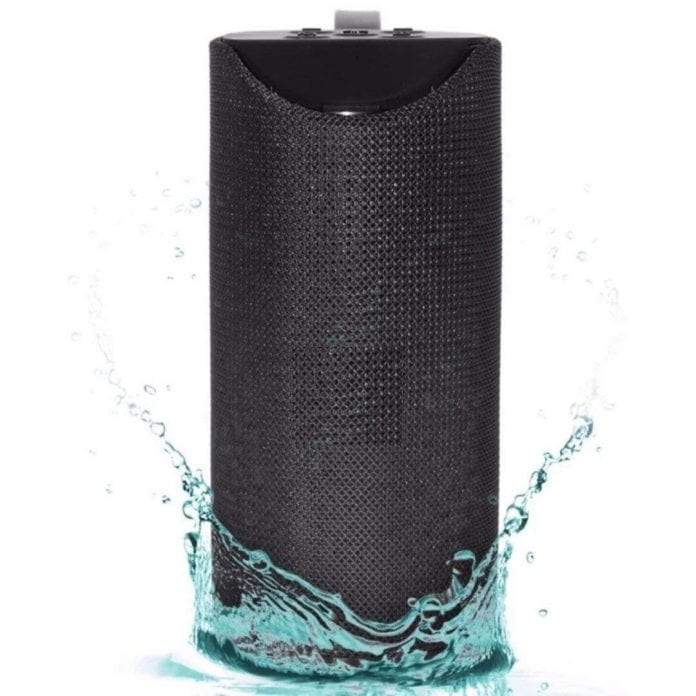If you are like me someone who likes to spend time outdoors and in the garden, maybe you plan to buy a mobile device like a Bluetooth speaker to enjoy your favorite music wherever you are.
You should, therefore, pay attention to the statements referring to the device’s resistance to external aggression, particularly from water. It would be a pity to irreparably damage your device if it were to accidentally fall into the water or be inadvertently sprayed (for example when you water your flowers)…
Manufacturers often indicate terms such as “splashproof” or “waterproof”, but these are often vague and are printed on the packaging for commercial reasons more than anything else.

The only system you need to refer to is the one set up by the International Electrotechnical Commission (IEC). This is commonly referred to as International Protection Marking (IP), sometimes referred to as Ingress Protection Marking.
It consists of the IP code followed by 2 digits. The first digit (1 to 6) indicates the degree of protection against intrusion by solid elements (such as dust), while the second digit (1 to 9) indicates the degree of protection against liquid elements. The higher the number, the more protected the device is.
According to www.myshowerspeakers.com, if the resistance has not been tested, the number is replaced by an X: IPX4, for example, means that the device is resistant to water splashes but its resistance to dust has not been tested. This does not mean that the device is not dust-resistant, simply that no test has been carried out to ensure it.
A device can be considered waterproof from protection level 7 (total immersion of the device in water to a depth of 1 meter for 1/2 hour). Devices rated IPX7 or IP67 are therefore waterproof. Below protection level 7, the devices can only be considered splashproof.

To take the example of Bluetooth speakers, the most frequently encountered references are IPX4, IPX7 and IP67. Therefore, choose the IP67 rating, which offers a very high degree of protection. In fact, the highest degrees of protection can only be found in diving equipment (such as diving watches for example) or in some professional equipment, designed to withstand strong water splashes or significant depths.
Other outdoor equipment such as garden lighting has other certifications such as IP55 (protection against dust and other microscopic residues and against water jets thrown at a maximum distance of 3 meters).
However, be careful: the degree of protection indicated is only valid for the given index, but not necessarily for the lower ones. For example, an IPX7 certified device will be submersible in water, but may not have been tested for water splashes (lower ratings).

We hope that this article will have helped you better understand the IP classification system and that it will help you make the best possible choice for your next purchase! Feel free to leave a comment to let us know your opinion or ask for more information!









